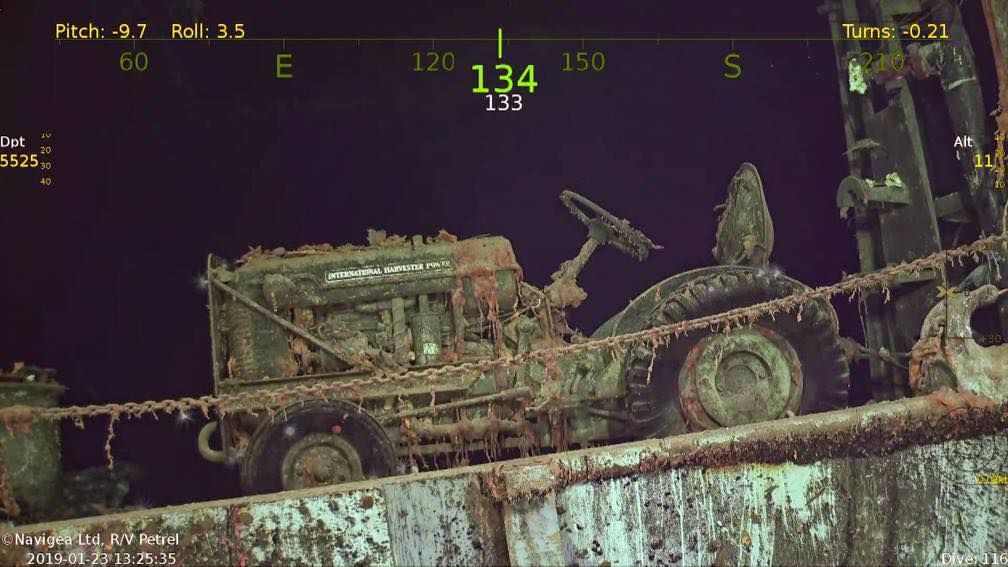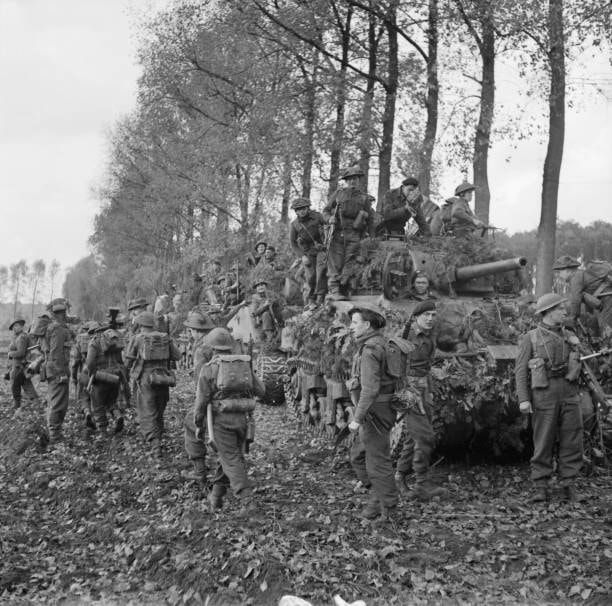Reading this, I feel strongly you’re confused about the nature of the German defenses in Normandy. In combination, I feel you are overestimating the Allies ability to place smoke as precisely and in the quantity that would have been required to have a chance to accomplish the goal you lay out. I also feel you’re overestimating the effectiveness of smoke even if I grant that none of the above was an issue.
I’ve been to Normandy three times with tour guides. I’ve read everything from Ambrose and Osprey on Overlord. I’m tempted to repeat my initial post about why you don’t hear or see this tactic being performed en masse in the many assaults in the Pacific or Mediterranean.
I’ll just sum this up and say that the German fighting positions were not composed primarily of Saving Private Ryan style bunkers but widerstandsnest with Tobruks across so much acreage that a simultaneous precision smoke affect against all of them for the required time to get everyone ashore is less realistic that just a mass smoke bombardment of the beach area.









